While occasional constipation is usually harmless, persistent constipation can cause discomfort and potentially major health issues. Fortunately, increasing fiber intake is one of the best strategies to relieve constipation. Fiber gives the stool more volume, which facilitates passage through the digestive system. We’ll go over the top high-fiber foods chart for constipation relief to include in your diet in this extensive guide, which is organized into handy charts for quick reference.
Reduced frequency or difficulty passing the stool is a sign of constipation. Numerous things can contribute to it, such as a diet deficient in fiber, insufficient hydration, inactivity, some drugs, and underlying medical disorders. Constipation can include bloating, discomfort, hard or lumpy stools, infrequent bowel movements, and straining during bowel motions.
The Role of Fiber:

The indigestible portion of plant meals called dietary fiber passes through the digestive tract, absorbing water as it goes and facilitating bowel movements. Soluble and insoluble fibers are the two different varieties. Insoluble fiber provides weight to the stool and encourages regularity, whereas soluble fiber dissolves in water and creates a gel-like material in the digestive tract. For the digestive system to remain healthy, both forms of fiber are necessary.
High-fiber foods chart for constipation relief:
This is a detailed table that lists many high-fiber foods charts for constipation according to how much fiber each serving contains. Incorporating these foods into your regular diet can effectively prevent and treat constipation.
| Category | Food | Fiber Content (per 100g) |
| Whole Grains | Oats | 10.6g |
| Brown Rice | 1.6g | |
| Whole Wheat Pasta | 6.3g | |
| Fruits | Apples | 2.4g |
| Pears | 3.1g | |
| Berries (e.g., raspberries, strawberries) | 6-8g | |
| Vegetables | Broccoli | 2.6g |
| Spinach | 2.2g | |
| Carrots | 2.8g | |
| Seeds and Nuts | Chia Seeds | 34.4g |
| Flaxseeds | 27.3g | |
| Almonds | 12.5g | |
| Pistachios | 10.3g | |
| Dried Fruits | Figs | 9.8g |
| Apricots | 6.7g | |
| Dates | 7.7g | |
| Others | Psyllium Husk | 66.7g |
| Popcorn | 14.5g | |
| Sweet Potatoes | 3g |
How to use a high-fiber foods chart for constipation relief:
- Select a Variety: Incorporate a variety of foods from each category to ensure a well-rounded and balanced diet.
- Monitor Serving Sizes: Pay attention to serving sizes to avoid overeating, which can lead to digestive discomfort.
- Gradual Increase: Gradually increase fiber intake to allow your digestive system to adjust and minimize bloating or gas.
- Stay Hydrated: Drink plenty of water throughout the day to help fiber move smoothly through your digestive tract.
Let’s examine the advantages of each type of high-fiber foods chart for constipation relief in more detail:
Whole Grains:
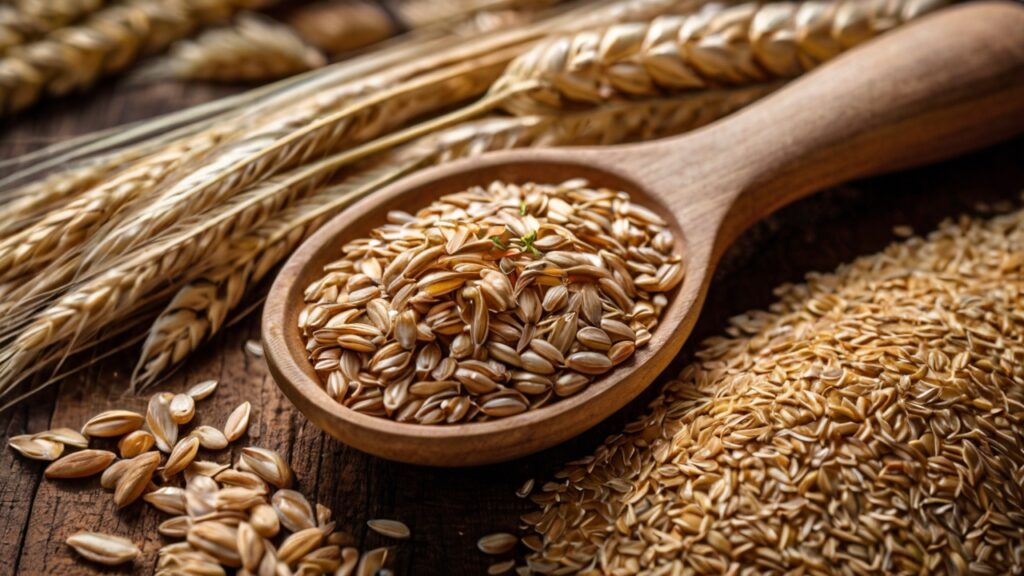
Whole grains, such as oats, quinoa, brown rice, and whole wheat pasta, are abundant in fiber, vitamins, minerals, and antioxidants. Whole grains, as opposed to refined grains, keep their nutrient- and fiber-rich bran and germ layers. Consuming whole grains lowers your risk of developing chronic illnesses, including diabetes, heart disease, and some types of cancer, in addition to supporting digestive health generally and preventing constipation.
Fruits:
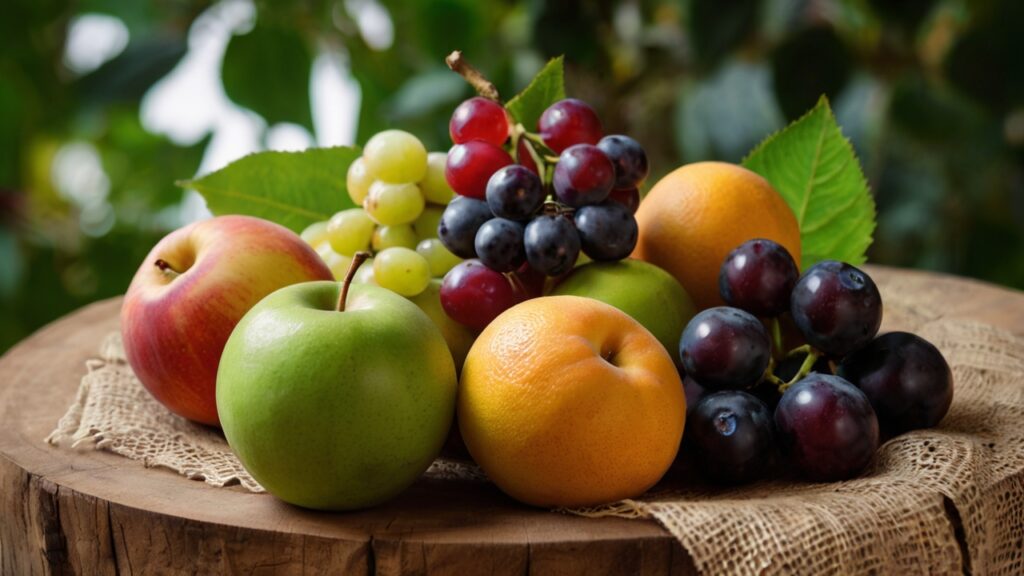
Fruits are naturally high in fiber, water, vitamins, and antioxidants, making them essential for digestive health. In addition to being very high in soluble and insoluble fiber, apples, pears, berries, and prunes also contain sorbitol, a naturally occurring sugar alcohol with laxative properties. Eating a range of fruits helps ease constipation, encourage regularity in the bowels, and soften feces.
Vegetables:

Vegetables are low in calories and high in fiber, vitamins, minerals, and phytonutrients. Because of their high fiber content, cruciferous vegetables like broccoli, Brussels sprouts, and leafy greens like spinach are great options for relieving constipation. Vegetables also have a high water content, which gives the stool more volume and promotes easy bowel movements.
Seeds and nuts:

Nuts and seeds are high-nutrient foods that are high in protein, fiber, good fats, vitamins, and minerals. Chia and flaxseeds are particularly well-known for their high fiber content and ability to hold onto water to form a gel-like substance that facilitates digestion. When ingested in moderation, almonds and pistachios provide high fiber content and contribute to overall gut health.
Dried Fruits:
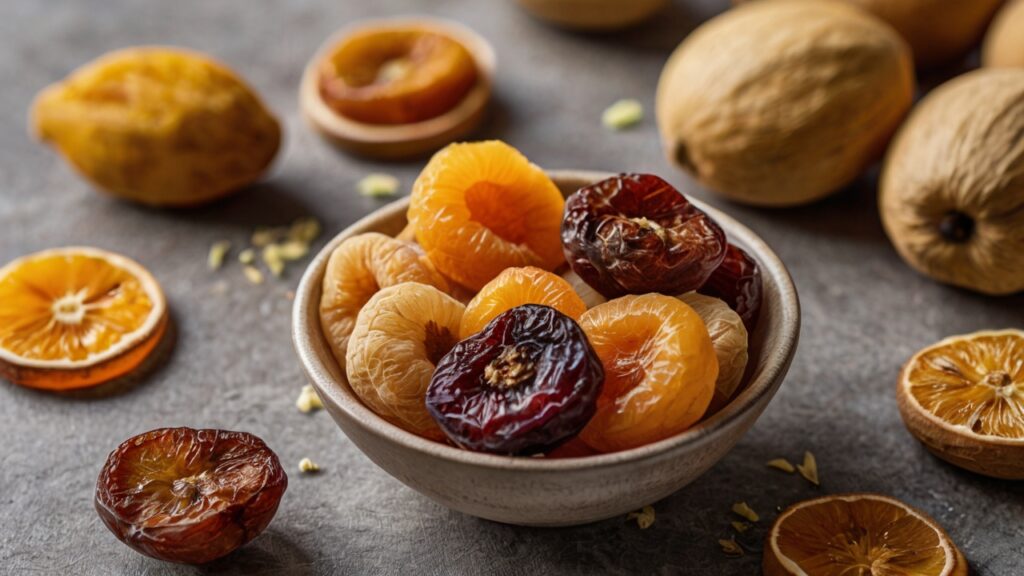
Dried fruits like figs, apricots, raisins, and dates are concentrated sources of fiber, vitamins, and minerals. Their sorbitol and high fiber content make them very useful for constipation relief. Dried fruits are high in calories and might cause an excess of sugar consumption if ingested in large quantities; thus, it’s important to consume them in moderation.
Others:
Psyllium husk, bran cereal, popcorn, and sweet potatoes are additional high-fiber foods that can aid in constipation relief. People frequently use psyllium husk, a soluble fiber supplement, to relieve constipation and promote regular bowel movements, derived from the seeds of the Plantago ovata plant. While sweet potatoes offer a nice combination of soluble and insoluble fiber, as well as vital nutrients like potassium and vitamin A, bran cereal and popcorn are high in insoluble fiber.
Incorporating a diverse range of high-fiber foods into your diet can provide long-term relief from constipation and contribute to overall digestive wellness. To get the most out of a high-fiber diet, remember to prioritize unprocessed, minimally processed foods and drink plenty of water. For individualized nutritional advice and tips on successfully treating constipation, speak with a medical practitioner or registered dietitian.
Additional advice for constipation relief:
Consistent Physical Activity: Exercise on a regular basis to support regular bowel motions and healthy digestion.
Probiotics: To keep your gut health in check, eat foods high in probiotics, such as yogurt, or take supplements.
Avoid Processed Foods: Cut back on processed food intake, as these meals are frequently high in harmful fats and lacking in fiber.
Take care of your body: To reduce constipation, pay attention to your body’s cues and modify your diet as necessary.
The key to relieving constipation and maintaining general digestive health is a diet rich in high-fiber foods. You can encourage regular bowel movements and reduce constipation discomfort by including a range of high-fiber foods in your daily meals and snacks. Make educated dietary decisions and proactive moves toward improved digestive wellbeing by using the high-fiber foods chart as a guide. Do not hesitate to seek medical advice if your constipation symptoms are severe or persistent.
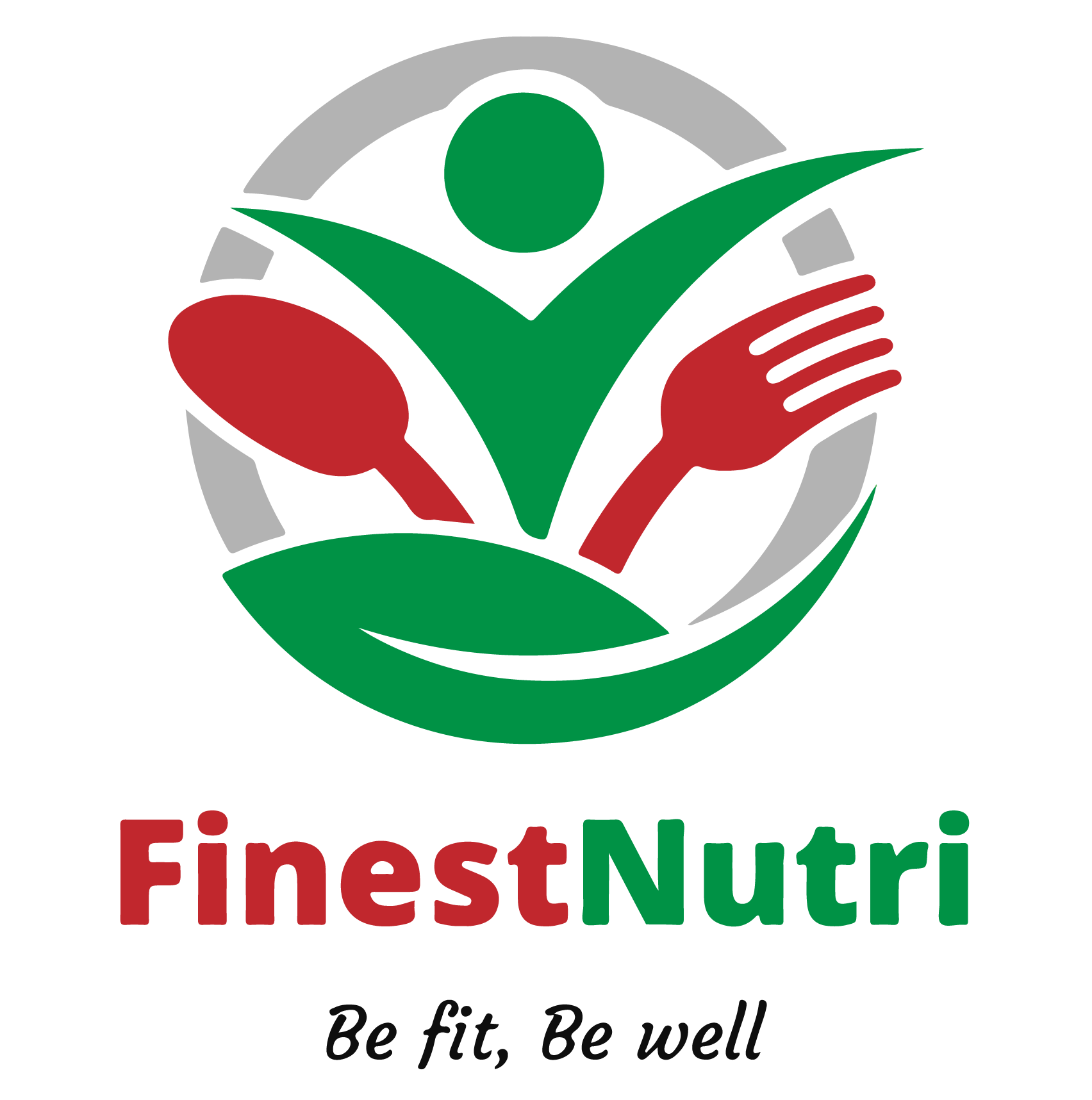


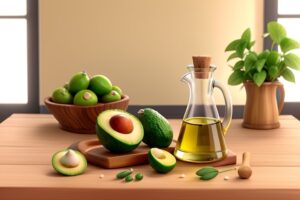


Your article helped me a lot, is there any more related content? Thanks!
You’re welcome. Here is an anther article. I hope, that will help you – https://finestnutri.com/7-day-meal-plan-for-kidney-disease/
Great post! I learned something new and interesting, which I also happen to cover on my blog. It would be great to get some feedback from those who share the same interest about Cosmetics, here is my website 87N Thank you!
I don’t think the title of your article matches the content lol. Just kidding, mainly because I had some doubts after reading the article.
I’m impressed, I must say. Really hardly ever do I encounter a blog that’s each educative and entertaining, and let me tell you, you’ve hit the nail on the head. Your thought is outstanding; the issue is one thing that not sufficient individuals are talking intelligently about. I am very happy that I stumbled across this in my search for one thing relating to this.
Thank you so much for your thoughtful comment! I’m really glad to hear that you found the blog both educational and entertaining. It’s important to discuss these topics, and I’m happy that my writing resonated with you. Your feedback means a lot!
Utterly written subject matter, thanks for entropy.
Thank you for the kind words! I’m glad you enjoyed the content. If you have any more questions or thoughts, feel free to share!
I see something really special in this web site.
I don’t think the title of your article matches the content lol. Just kidding, mainly because I had some doubts after reading the article.
After all, what a great site and informative posts, I will upload inbound link – bookmark this web site? Regards, Reader.
Your article helped me a lot, is there any more related content? Thanks!
You got a very superb website, Sword lily I found it through yahoo.
Thanks for sharing. I read many of your blog posts, cool, your blog is very good.
Thank you so much for the kind words! 😊 I’m really glad you’re enjoying the blog. If you ever have any questions or need more insights on a topic, feel free to reach out! I’m always happy to help.
Thank you for your sharing. I am worried that I lack creative ideas. It is your article that makes me full of hope. Thank you. But, I have a question, can you help me?
Your point of view caught my eye and was very interesting. Thanks. I have a question for you.
Thank you for your sharing. I am worried that I lack creative ideas. It is your article that makes me full of hope. Thank you. But, I have a question, can you help me?
Your point of view caught my eye and was very interesting. Thanks. I have a question for you.
Your article helped me a lot, is there any more related content? Thanks!
Your article helped me a lot, is there any more related content? Thanks!
Thanks for sharing. I read many of your blog posts, cool, your blog is very good.
Thank you for your sharing. I am worried that I lack creative ideas. It is your article that makes me full of hope. Thank you. But, I have a question, can you help me?
Thanks for sharing. I read many of your blog posts, cool, your blog is very good.
I like what you guys are up too. Such clever work and reporting! Keep up the superb works guys I have incorporated you guys to my blogroll. I think it will improve the value of my website :).
I am extremely impressed together with your writing talents as smartly as with the format on your blog. Is this a paid subject matter or did you modify it yourself? Either way keep up the nice quality writing, it is uncommon to see a nice weblog like this one these days!
This is exactly what I needed to read today Your words have given me a new perspective and renewed hope Thank you
Your article helped me a lot, is there any more related content? Thanks!
Your point of view caught my eye and was very interesting. Thanks. I have a question for you.
Este site é realmente fascinate. Sempre que acesso eu encontro coisas diferentes Você também vai querer acessar o nosso site e saber mais detalhes! Conteúdo exclusivo. Venha saber mais agora! 🙂
Your blog has quickly become one of my favorites I am constantly impressed by the quality and depth of your content
Your article helped me a lot, is there any more related content? Thanks!
I don’t think the title of your article matches the content lol. Just kidding, mainly because I had some doubts after reading the article.
Thank you for your sharing. I am worried that I lack creative ideas. It is your article that makes me full of hope. Thank you. But, I have a question, can you help me?
Thank you for your sharing. I am worried that I lack creative ideas. It is your article that makes me full of hope. Thank you. But, I have a question, can you help me?
Have you ever thought about adding a little bit more than just your articles? I mean, what you say is important and all. However just imagine if you added some great visuals or videos to give your posts more, “pop”! Your content is excellent but with pics and clips, this blog could certainly be one of the very best in its field. Awesome blog!
Your article helped me a lot, is there any more related content? Thanks!
Thanks for sharing. I read many of your blog posts, cool, your blog is very good.
Your point of view caught my eye and was very interesting. Thanks. I have a question for you.
Your point of view caught my eye and was very interesting. Thanks. I have a question for you.
Thanks for sharing. I read many of your blog posts, cool, your blog is very good.
Thanks for sharing. I read many of your blog posts, cool, your blog is very good.
I don’t think the title of your article matches the content lol. Just kidding, mainly because I had some doubts after reading the article.
Thanks for sharing. I read many of your blog posts, cool, your blog is very good.
Your article helped me a lot, is there any more related content? Thanks!
Can you be more specific about the content of your article? After reading it, I still have some doubts. Hope you can help me.
I don’t think the title of your article matches the content lol. Just kidding, mainly because I had some doubts after reading the article.
Great write-up, I am normal visitor of one?¦s web site, maintain up the excellent operate, and It’s going to be a regular visitor for a long time.
As a new reader, I am blown away by the quality and depth of your content I am excited to explore your past posts and see what else you have to offer
I simply could not go away your website prior to suggesting that I extremely enjoyed the usual info a person provide in your visitors? Is going to be again regularly to check up on new posts.
After all, what a great site and informative posts, I will upload inbound link – bookmark this web site? Regards, Reader.
I’ve recently started a site, the info you offer on this web site has helped me tremendously. Thanks for all of your time & work.
Can you be more specific about the content of your article? After reading it, I still have some doubts. Hope you can help me.
Thank you for your sharing. I am worried that I lack creative ideas. It is your article that makes me full of hope. Thank you. But, I have a question, can you help me?
I don’t think the title of your article matches the content lol. Just kidding, mainly because I had some doubts after reading the article.
Hi there! I just wanted to ask if you ever have any issues with hackers? My last blog (wordpress) was hacked and I ended up losing many months of hard work due to no data backup. Do you have any solutions to stop hackers?
Your blog is always a highlight of my day
As a new reader, I am blown away by the quality and depth of your content I am excited to explore your past posts and see what else you have to offer
Thank you for your sharing. I am worried that I lack creative ideas. It is your article that makes me full of hope. Thank you. But, I have a question, can you help me?
I don’t think the title of your article matches the content lol. Just kidding, mainly because I had some doubts after reading the article.
Some truly interesting points you have written.Helped me a lot, just what I was searching for : D.
Your article helped me a lot, is there any more related content? Thanks!
I’ve been browsing on-line greater than 3 hours these days, but I never discovered any attention-grabbing article like yours. It is pretty value enough for me. In my opinion, if all webmasters and bloggers made good content as you probably did, the net will likely be a lot more useful than ever before.
Your article helped me a lot, is there any more related content? Thanks!
Your article helped me a lot, is there any more related content? Thanks!
Thanks for sharing. I read many of your blog posts, cool, your blog is very good.
I appreciate your piece of work, thanks for all the interesting posts.
Your point of view caught my eye and was very interesting. Thanks. I have a question for you.
Your point of view caught my eye and was very interesting. Thanks. I have a question for you.
I intended to send you the tiny note in order to thank you as before about the fantastic methods you have shared on this website. This is so particularly open-handed of people like you to grant without restraint all that many of us could possibly have distributed for an e-book to earn some profit on their own, and in particular since you could have tried it if you ever wanted. Those suggestions as well worked as a great way to be sure that other individuals have the same dream just as my very own to learn a little more in respect of this matter. I am sure there are thousands of more pleasant moments in the future for those who browse through your blog post.
Thank you for your sharing. I am worried that I lack creative ideas. It is your article that makes me full of hope. Thank you. But, I have a question, can you help me?
Thanks for sharing. I read many of your blog posts, cool, your blog is very good.
Your point of view caught my eye and was very interesting. Thanks. I have a question for you.
I must show my respect for your kind-heartedness giving support to persons that should have help with this particular field. Your real commitment to passing the solution all through turned out to be surprisingly useful and have regularly made guys and women like me to get to their objectives. Your entire interesting information indicates much a person like me and extremely more to my office colleagues. Best wishes; from everyone of us.
I¦ll immediately take hold of your rss feed as I can not find your e-mail subscription link or newsletter service. Do you’ve any? Kindly allow me recognize so that I may subscribe. Thanks.
I am continuously browsing online for ideas that can aid me. Thx!
Thanks for sharing. I read many of your blog posts, cool, your blog is very good.